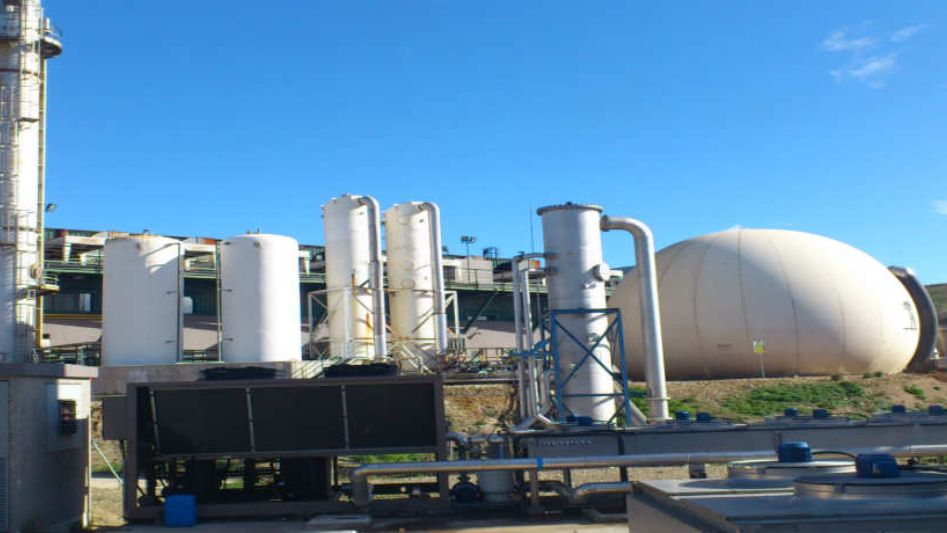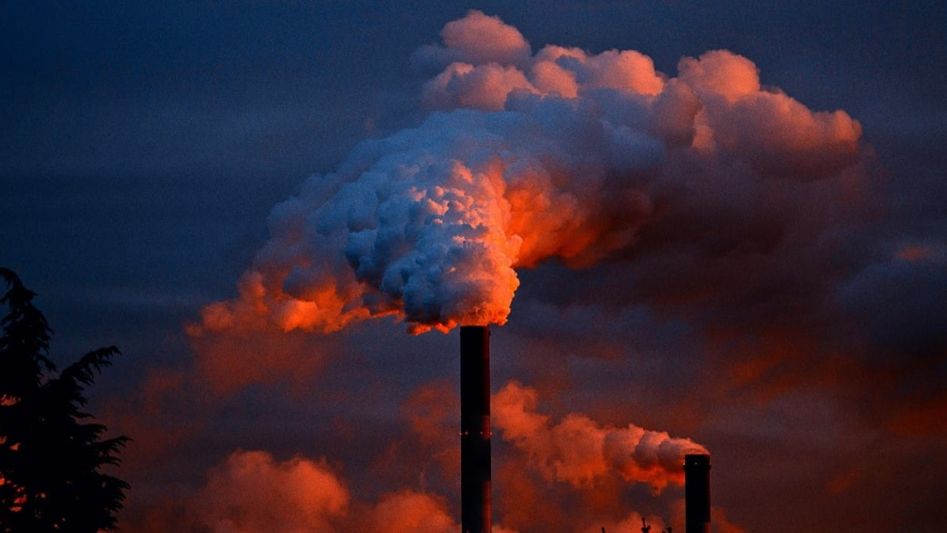In today’s world, where environmental concerns are on the rise, finding innovative ways to harness waste energy has become crucial. Waste, particularly trash, has long been seen as a burden on society and the environment. However, with advancements in technology and a shift in mindset, we are now discovering ways to turn this trash into treasure. By harnessing waste energy, we can not only reduce the strain on landfills but also generate sustainable and clean sources of power. In this article, we will explore the various methods and technologies involved in turning trash into treasure.
Table of Contents

Why Harness Waste Energy?
Before diving into the details of waste energy harnessing, let’s address the fundamental question: why should we bother harnessing waste energy in the first place? The answer lies in the enormous potential it holds. Waste, which was once considered a problem, is now seen as an opportunity. By harnessing the energy contained within waste, we can:
- Reduce landfill waste: Landfills are filling up at an alarming rate, causing pollution and environmental degradation. Harnessing waste energy reduces the amount of waste sent to landfills, alleviating the burden on our planet.
- Generate renewable energy: The energy embedded in waste can be converted into various forms of renewable energy, such as electricity, heat, and biofuels. This reduces our dependence on fossil fuels and helps combat climate change.
- Promote circular economy: Waste energy harnessing is an integral part of the circular economy concept. It enables the recycling and repurposing of waste materials, creating a closed-loop system that maximizes resource utilization and minimizes waste.
Now that we understand the importance of harnessing waste energy, let’s explore the methods and technologies involved.
Methods of Harnessing Waste Energy
There are several methods available to harness waste energy effectively. Each method has its unique advantages and applications. Let’s delve into some of the most prominent ones:
1. Incineration
Incineration is a widely used method for waste energy harnessing. In this process, waste is burned at high temperatures, generating heat that can be converted into electricity or used for heating purposes. Incineration not only reduces the volume of waste but also produces a significant amount of energy. However, it is crucial to manage the emissions and ensure proper air pollution control measures are in place.
2. Anaerobic Digestion
Anaerobic digestion is a biological process that decomposes organic waste in the absence of oxygen. Through this process, microorganisms break down the waste and produce biogas, primarily consisting of methane and carbon dioxide. Biogas can be used as a renewable source of energy for heating, electricity generation, or as a vehicle fuel. Moreover, the byproduct of anaerobic digestion, known as digestate, can be used as a nutrient-rich fertilizer.
3. Landfill Gas Recovery
As waste decomposes in landfills, it produces methane, a potent greenhouse gas. Landfill gas recovery involves capturing and utilizing this methane for energy generation. By installing gas collection systems, the methane can be extracted and used as a fuel source for power plants or industrial processes. Landfill gas recovery not only reduces greenhouse gas emissions but also creates a valuable energy resource.
4. Pyrolysis
Pyrolysis is a thermal decomposition process that converts waste materials into a range of useful products. The waste is subjected to high temperatures in the absence of oxygen, causing it to break down into gases, oils, and char. These products can be used as fuels, chemical feedstocks, or in the production of activated carbon. Pyrolysis is particularly effective for converting non-recyclable plastics into valuable resources.
5. Waste-to-Energy (WtE) Plants
Waste-to-energy plants, also known as waste incineration plants, combine the principles of incineration and energy recovery. These plants burn waste to generate high-pressure steam, which drives a turbine connected to a generator, producing electricity. WtE plants are equipped with advanced pollution control technologies to minimize emissions and ensure environmental sustainability. They offer a reliable and scalable solution for waste energy conversion.

Technologies for Waste Energy Harnessing
Harnessing waste energy requires the deployment of various technologies to optimize energy recovery and minimize environmental impact. Let’s explore some of the key technologies involved:
1. Gasification
Gasification is a thermochemical process that converts carbonaceous materials, such as biomass or coal, into a synthesis gas (syngas). The syngas can be used as a fuel for electricity generation or further processed into valuable chemicals. Gasification offers high energy efficiency and the flexibility to handle a wide range of waste feedstocks.
2. Cogeneration
Cogeneration, also known as combined heat and power (CHP), is a technology that simultaneously produces electricity and useful heat from a single energy source. In the context of waste energy harnessing, cogeneration systems can efficiently utilize the heat generated during waste combustion or other energy conversion processes. This enhances the overall energy efficiency and economic viability of waste-to-energy projects.
3. Advanced Thermal Conversion Technologies
Advanced thermal conversion technologies, such as plasma gasification and hydrothermal carbonization, offer innovative ways to convert waste into energy. Plasma gasification employs extremely high temperatures generated by plasma torches to transform waste into syngas. Hydrothermal carbonization, on the other hand, uses high-pressure and high-temperature water to convert biomass waste into a carbon-rich material known as hydrochar. These technologies present promising opportunities for waste energy harnessing.
4. Biological and Microbial Processes
Biological and microbial processes play a crucial role in harnessing waste energy, particularly in anaerobic digestion and the production of biofuels. Utilizing specific microorganisms or enzymes, these processes break down organic waste and convert it into valuable products, such as biogas or bioethanol. Ongoing research aims to enhance the efficiency and scalability of these biological processes to further optimize waste energy conversion.
5. Energy Recovery Systems
Energy recovery systems capture the heat generated during waste energy conversion processes and utilize it for various purposes. Heat exchangers, boilers, and steam turbines are commonly employed to extract and convert the thermal energy into usable forms, such as electricity or heat for district heating systems. Energy recovery systems are vital in maximizing the overall efficiency of waste energy harnessing.

Conclusion
Harnessing waste energy is a transformative approach that enables us to turn trash into treasure. By adopting innovative technologies and methods, we can convert waste into valuable resources, reduce landfill waste, and generate clean and renewable energy. Waste energy harnessing aligns with the principles of sustainability, circular economy, and resource conservation, contributing to a greener and more resilient future. As we continue to prioritize environmental preservation, waste energy harnessing will play an increasingly vital role in our quest for a cleaner and more sustainable world.
FAQ
What are the environmental benefits of harnessing waste energy?
Harnessing waste energy offers several environmental benefits. Firstly, it reduces the amount of waste sent to landfills, mitigating pollution and environmental degradation.
Can waste energy harnessing be economically viable?
Yes, waste energy harnessing can be economically viable. While the initial setup costs may be significant, the long-term benefits, such as reduced waste management costs and revenue generation from energy sales, make it financially attractive.
Is waste energy harnessing a sustainable solution?
Yes, waste energy harnessing is a sustainable solution. By converting waste into valuable resources, it helps reduce our reliance on fossil fuels, mitigates environmental pollution, and promotes the efficient use of resources.
You May Also Like
- WHAT IS WASTE TO ENERGY? PROS AND CONS
- COULD WASTE-TO-ENERGY BE THE GREEN SOLUTIONS FOR EMERGING MARKETS?
- FROM POLLUTION TO POWER: HOW RENEWABLE ENERGY CAN TRANSFORM OUR WORLD
- CLEAN ENERGY, CLEAN WORLD: HOW RENEWABLE ENERGY CAN SAVE THE PLANET
- POLLUTION SOLUTIONS: HOW RENEWABLE ENERGY CAN HELP
